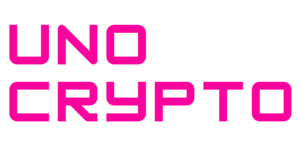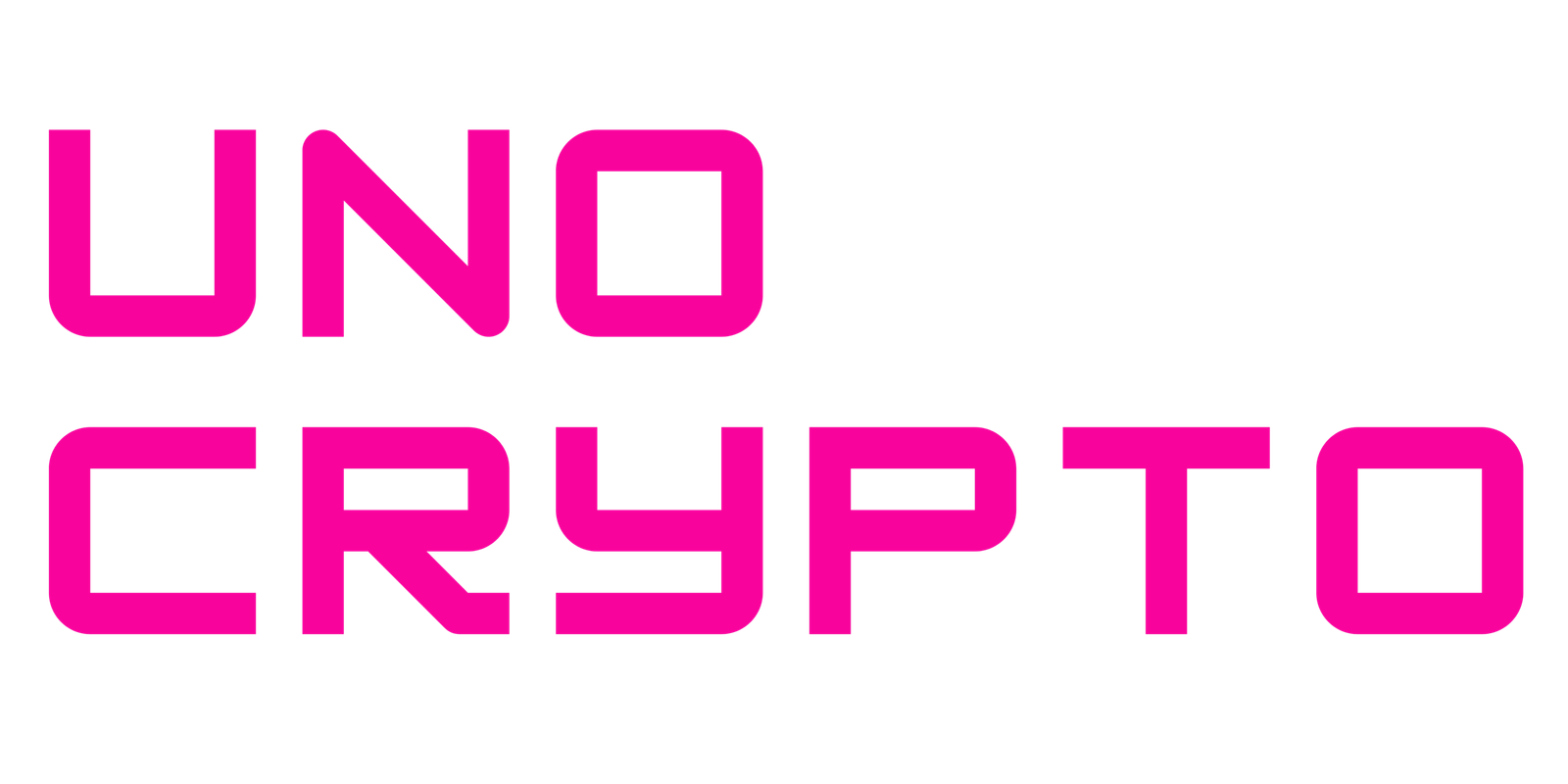JPMorgan Chase is testing a new digital deposit token, called JPMD, this week by sending a set amount of the token to the crypto exchange Coinbase.
The bank’s blockchain arm, Kinexys, will carry out the transfer on Base, Coinbase’s layer two network built on Ethereum. The move marks the latest step in JPMorgan’s push into blockchain, and it comes as lawmakers advance a new federal framework for dollar‑pegged tokens, Bloomberg reported.
Pilot Details and Network Choice
In the coming days, JPMorgan will move JPMD tokens from its own digital wallet into Coinbase’s system. The tokens will use Base, which launched in 2023 and has grown into the largest Ethereum layer two by trading volume.
The network is recognised for its low fees and fast settlement times, making it a suitable choice for a pilot targeting institutions. JPMorgan hopes to keep the transfer in US dollars at first, and then add other currencies once it wins regulatory approval.
Why a Deposit Token?
Kinexys executive Naveen Mallela says JPMD is designed as a more scalable option for big players than typical stablecoins. JPMD is backed by actual deposits in JPMorgan accounts. That means it uses the bank’s usual fractional reserve system to support token value.
Mallela told reporters that the bank plans to explore paying interest on JPMD in the future and noted that tokens backed by deposits could one day carry insurance coverage similar to bank accounts.
Kinexys and JPM Coin
Kinexys, which used to be called Onyx, oversees the bank’s flagship digital payment token, JPM Coin. Last year, JPMorgan rebranded both Onyx and JPM Coin under the Kinexys name to build new services beyond token flows between its own clients.
The new pilot will run under Kinexys Digital Payments, which will operate alongside JPMD. Mallela said the team will watch the test for several months before rolling it out to more customers and adding more token types.
Also Read: Bitcoin’s ‘Digital Gold’ Narrative Is Under Pressure As Gold Demand Rises, Says JP Morgan
Trademark Filing Signals Broader Plans
Just days before the token transfer, JPMorgan filed for a trademark on JPMD. The filing covers services for digital asset trading, payments, and transfers. That move suggests the bank is planning a full suite of token services.
Deposit tokens hold real funds in customer accounts, which differs from stablecoins that rely on cash and short‑term investments. By working within the existing banking system, JPMorgan hopes to sidestep some regulatory hurdles that have tripped up other crypto providers.
New Federal Rules on Stablecoins
This pilot comes as the United States Senate passed the GENIUS Act on Tuesday by a 68‑30 vote. The bill sets federal rules for dollar‑pegged tokens and creates a clear path for private companies to issue digital dollars under government oversight.
Supporters argue the law will bring stability to crypto markets and encourage innovation. Critics worry it may favour large banks over smaller players. For JPMorgan, the timing could help the bank move JPMD from a pilot into a regulated product more quickly.
Industry Response and Future Outlook
Some industry observers see JPMorgan’s step as a validation of tokenisation within mainstream finance. Others caution that broader adoption will depend on how fast regulators act and how easily banks can integrate blockchain networks.
Coinbase’s Base network has drawn interest from decentralised finance projects and traditional companies alike, giving JPMorgan a ready platform for its tests.
If the pilot succeeds, JPMorgan may extend JPMD beyond dollar transfers. The bank has signalled it wants to support multiple currencies and client types once it has the green light.
Also Read: JP Morgan Expands Blockchain-Based Kinexys Digital Payments With GBP Support


